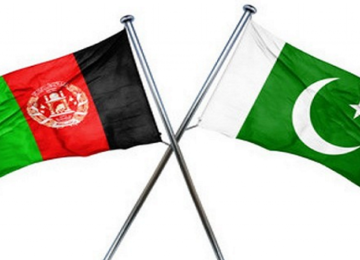After undergoing a devastating terror campaign for over a decade, violence-related fatalities in Pakistan started to decline in 2015, a year after the launch of Operation Zarb-e-Azb (OZA). Within the last year, Pakistan witnessed a further 12% drop, with 600 fatalities reported from terror and counter-terror related incidents. This data was collated and compiled by the Center for Research and Security Studies (CRSS) in Islamabad.
It is important to note that while the erstwhile Federally Administered Tribal Areas (FATA) are now a part of the Khyber Pukhtunkhwa (KP) province, for the purposes of this report, they will be treated as separate regions. This is in part to highlight the fact that despite integration, the people of FATA continue to suffer from the threat of terrorism, in stark contrast with the rest of KP (which has in of itself suffered tremendously in the past).
In fact, erstwhile FATA accounted for nearly third of violence-related fatalities this year at 191, a 63.2% rise from 2019. Although KP (excluding FATA) recorded 122 fatalities against 148 last year, the combined fatalities in KP and former FATA are more than 50% of the total fatalities from violence in the country this year. Balochistan recorded a 38.9% drop in violence from 226 to 138. There was a nominal drop in Sindh, and in Punjab, the fatalities dropped by more than half, from 82 in 2019 to 40 this year (table 1).
[docxpresso file=”http://www.afghanstudiescenter.org/wp-content/uploads/2021/01/Annual-Security-Report-2020-Summary-English.odt”]








